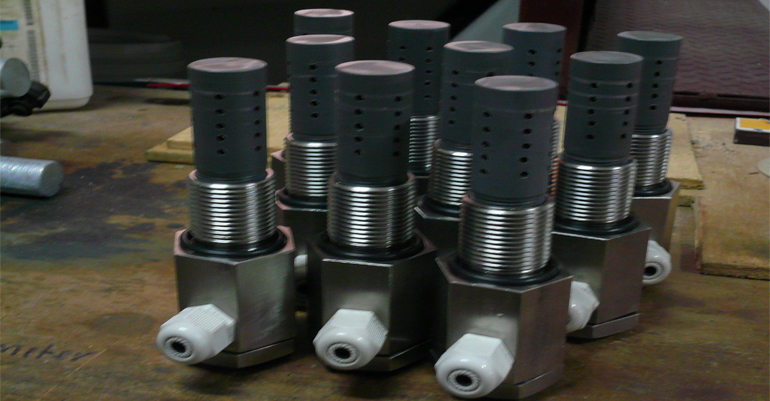
Reference-Cell
Reference electrodes are used for monitoring cathodic
protection potentials of buried or immersed metallic structures [1-6].
In the
market, many types of reference electro- des are available for this purpose, such as
saturated calo- mel, silver/silver chloride and copper/copper sulfate. The
latter is the most used for buried pipelines and consists
of a copper rod immersed in a saturated copper sulfate
aqueous solution both involved by a polymeric cylindrical
body.
These electrodes contain a porous ceramic junction
plate located at the cylindrical body bottom to permit ionic
flux between the internal electrolyte of the reference electrode(copper sulfate) and the
external electrolyte (generally
soil).
Portable/ Permanent Cu/CuSO4
Portable/ Permanent Zinc
Portable/ Permanent Ag/AgCl